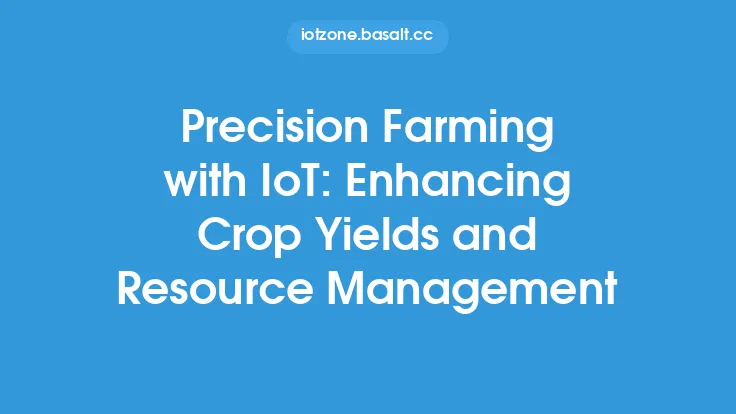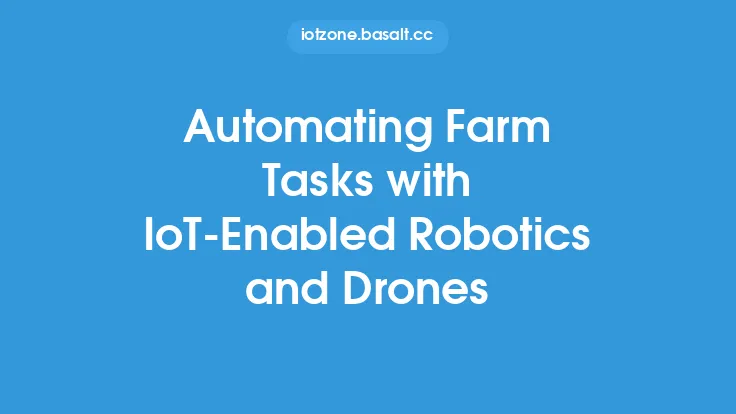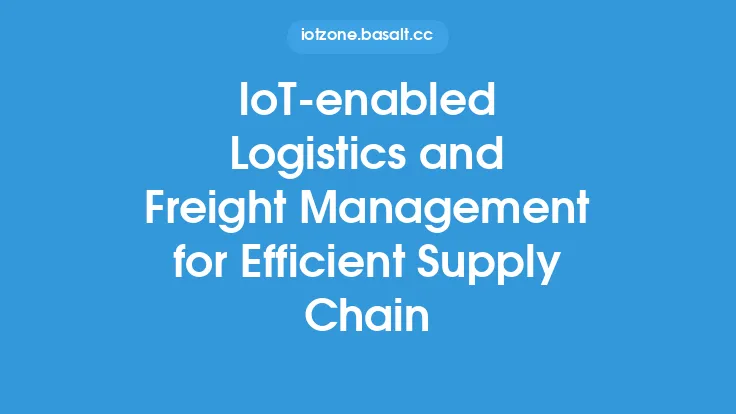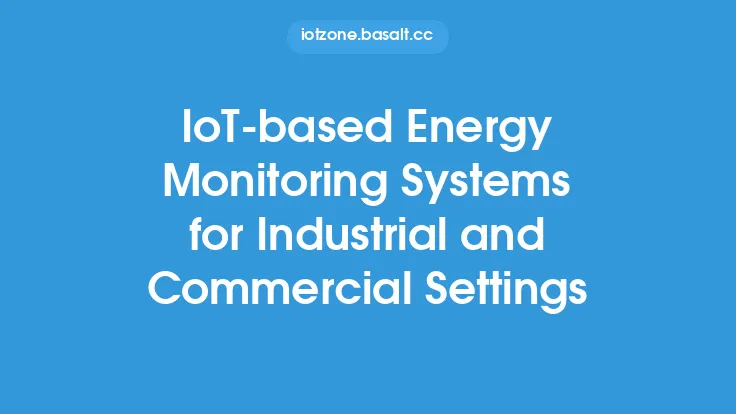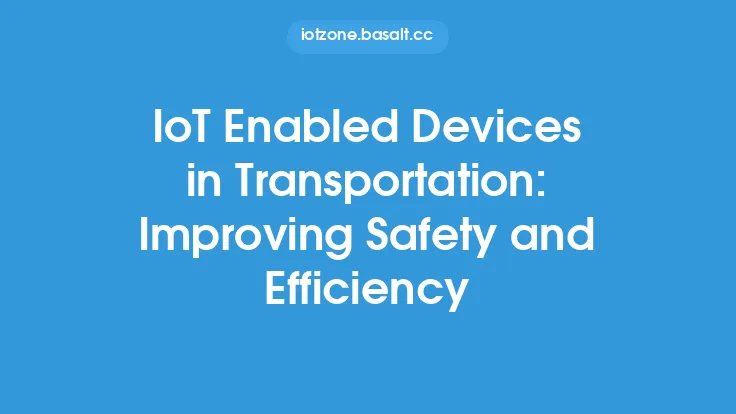The increasing importance of accurate and reliable weather forecasting has led to significant advancements in the field of meteorology. One of the key factors driving this progress is the integration of Internet of Things (IoT) technology into weather monitoring systems. By leveraging IoT-enabled sensors and devices, meteorologists can collect and analyze vast amounts of data from various sources, enabling them to make more accurate predictions and issue timely warnings. This, in turn, helps to protect lives, property, and the environment from the impacts of severe weather events.
Introduction to IoT-Enabled Weather Monitoring
IoT-enabled weather monitoring involves the use of a network of sensors and devices that can collect and transmit data on various weather parameters, such as temperature, humidity, wind speed, and atmospheric pressure. These sensors can be deployed in a variety of locations, including on the ground, in the air, and even in space. The data collected by these sensors is then transmitted to a central server, where it is analyzed and used to generate forecasts and warnings. The use of IoT technology in weather monitoring has several advantages, including increased accuracy, improved spatial and temporal resolution, and enhanced reliability.
Components of IoT-Enabled Weather Monitoring Systems
IoT-enabled weather monitoring systems typically consist of several components, including sensors, communication networks, and data analysis software. The sensors used in these systems can be categorized into two main types: in-situ sensors and remote sensing sensors. In-situ sensors are deployed directly in the environment and measure weather parameters at a specific location. Examples of in-situ sensors include thermometers, barometers, and anemometers. Remote sensing sensors, on the other hand, use satellite or aerial imagery to collect data on weather patterns over a larger area. The communication networks used in IoT-enabled weather monitoring systems can be wired or wireless and are responsible for transmitting data from the sensors to the central server. The data analysis software used in these systems is typically based on machine learning algorithms and is responsible for analyzing the data and generating forecasts and warnings.
Applications of IoT-Enabled Weather Monitoring
IoT-enabled weather monitoring has a wide range of applications, including forecasting, warning systems, and climate modeling. One of the most significant applications of IoT-enabled weather monitoring is in the area of forecasting. By analyzing data from a network of sensors, meteorologists can make more accurate predictions about future weather patterns. This information can be used to issue timely warnings and alerts, helping to protect lives and property from the impacts of severe weather events. IoT-enabled weather monitoring is also used in climate modeling, where it helps researchers to better understand the complex interactions between the atmosphere, oceans, and land surfaces. This information can be used to improve our understanding of climate change and to develop more effective strategies for mitigating its impacts.
Benefits of IoT-Enabled Weather Monitoring
The benefits of IoT-enabled weather monitoring are numerous and significant. One of the most important benefits is improved accuracy. By analyzing data from a network of sensors, meteorologists can make more accurate predictions about future weather patterns. This information can be used to issue timely warnings and alerts, helping to protect lives and property from the impacts of severe weather events. IoT-enabled weather monitoring also offers improved spatial and temporal resolution, enabling meteorologists to track weather patterns over smaller areas and shorter time periods. This information can be used to develop more effective strategies for managing weather-related risks, such as flooding and droughts. Additionally, IoT-enabled weather monitoring can help to reduce the economic impacts of severe weather events, such as damage to infrastructure and crops.
Challenges and Limitations of IoT-Enabled Weather Monitoring
Despite the many benefits of IoT-enabled weather monitoring, there are also several challenges and limitations to its adoption. One of the most significant challenges is the need for significant investment in infrastructure, including sensors, communication networks, and data analysis software. Additionally, the integration of IoT technology into existing weather monitoring systems can be complex and time-consuming. There are also concerns about data quality and accuracy, as well as the potential for sensor failures and communication network outages. Furthermore, the analysis of large amounts of data from IoT-enabled weather monitoring systems can be computationally intensive, requiring significant resources and expertise.
Future Directions for IoT-Enabled Weather Monitoring
The future of IoT-enabled weather monitoring is exciting and rapidly evolving. One of the most significant trends is the increasing use of artificial intelligence and machine learning algorithms to analyze data from IoT-enabled weather monitoring systems. These algorithms can help to improve the accuracy and reliability of forecasts and warnings, as well as enable the development of more sophisticated climate models. Another trend is the increasing use of IoT-enabled weather monitoring in developing countries, where it can help to improve the accuracy and reliability of forecasts and warnings, as well as enable the development of more effective strategies for managing weather-related risks. Additionally, the integration of IoT technology with other technologies, such as drones and satellite imagery, is expected to play a major role in the future of weather monitoring, enabling the collection of more accurate and detailed data on weather patterns.
Conclusion
In conclusion, IoT-enabled weather monitoring is a rapidly evolving field that has the potential to revolutionize the way we predict and prepare for severe weather events. By leveraging IoT technology, meteorologists can collect and analyze vast amounts of data from various sources, enabling them to make more accurate predictions and issue timely warnings. While there are several challenges and limitations to the adoption of IoT-enabled weather monitoring, the benefits are numerous and significant, including improved accuracy, improved spatial and temporal resolution, and enhanced reliability. As the field continues to evolve, we can expect to see significant advancements in the use of artificial intelligence and machine learning algorithms, as well as the integration of IoT technology with other technologies, such as drones and satellite imagery.

